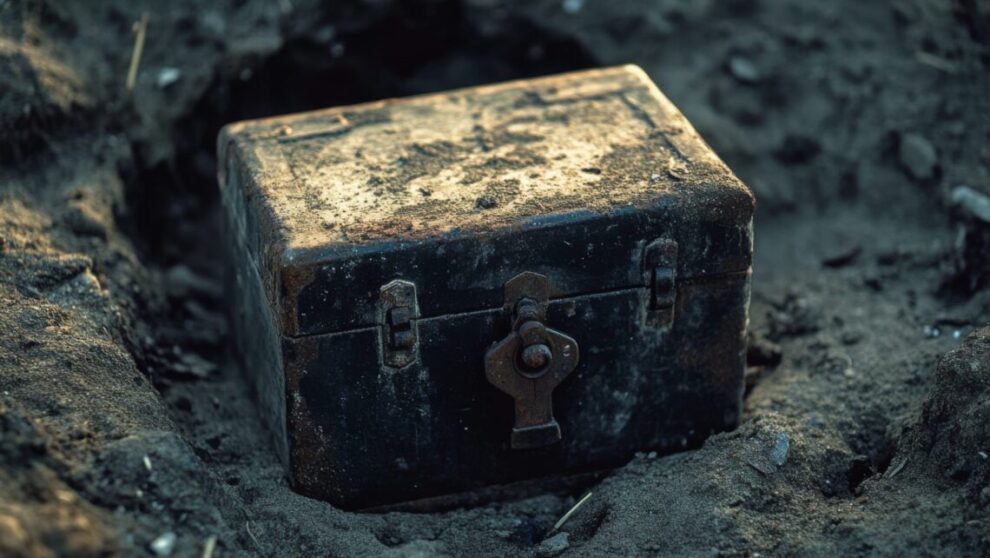A massive Iron Age treasure trove has come to light in the UK—one of the largest ever discovered—and it might just give our view of ancient Britain a serious makeover.
An ancient discovery in a quiet village
Over 800 artifacts turned up in a field near Melsonby, a quiet village in North Yorkshire. These pieces go back to the first century, right when the Romans were making themselves at home under Emperor Claudius. Experts are pretty sure the stash is linked to the Brigantes, the tribe that held the reins in much of northern England at the time.
Among the treasures are pieces from wagons or maybe chariots—28 iron wheel rims, fancy harness gear fit for at least 14 horses, bridle bits, ceremonial spears, and two stunning cauldrons. One of those cauldrons probably served as a wine mixer.
The team working on the discovery, which they say has global significance, believes this could shake up what we thought we knew about how Iron Age tribes in Britain dealt with things like wealth, social rank, trade routes, and getting around.
The whole thing came to light just before Christmas 2021, thanks to metal detectorist Peter Heads. He got a strong signal, dug down, and quickly realized this was no ordinary holiday surprise—it was time to call in the pros.
A chance find that changed everything
He reached out to Professor Tom Moore, who leads the archaeology department at Durham University and had already been doing research in the area. Moore immediately sensed this was something special—but even he couldn’t have guessed it would turn out to be such a showstopper.
“Coming across a stash of maybe 10 items is rare and gets us excited,” Moore said. “But this? This is on a whole other level—we just didn’t see it coming. Honestly, the whole team was speechless. And that doesn’t happen often in archaeology.”
With a £120,000 boost from Historic England, the dig got underway in 2022. Among the discoveries was a hefty clump of metal pieces, all tangled together—experts think they might’ve once been packed up in a bag. Talk about an ancient version of “some assembly required.”
Moore explained that the horse harnesses used to pull the wagons or chariots were decked out in coral and brightly colored glass. Along with the vehicles, they must’ve been quite the parade. “They would’ve looked absolutely stunning,” he said. “It really drives home that these folks weren’t just scraping by—they had serious clout.”
He added, “There’s been this idea that the north lagged behind the south in terms of wealth during the Iron Age. But what we’ve found proves that people up here had top-tier gear, deep pockets, and strong connections too. The north was no slouch.”
Much of the stash showed signs of fire damage, which hints it may have been part of a funeral send-off for someone important—possibly torched on a grand pyre before ending up in a ditch.
One of the most jaw-dropping parts of the find? It’s the earliest evidence of four-wheeled wagons used by Iron Age tribes in Britain. These might have been inspired by fancy rides spotted over on the continent. Moore quipped, “We’re going to be puzzling over these for years—what did they look like, and where did they roll in from?”
Rethinking the Iron Age North
The Melsonby hoard has been valued at a tidy £254,000. The Yorkshire Museum in York is gearing up to launch a fundraising campaign to keep this treasure on home turf.
The big reveal came courtesy of a joint announcement from Historic England, Durham University, and the British Museum—talk about a power trio in the world of ancient treasures.
Heritage minister Chris Bryant called the hoard a truly remarkable find, saying it’ll give us fresh insight into what shaped our country’s story. Or in his words: “It’s a discovery that helps us better grasp the threads that make up the fabric of our nation’s past.” Looks like history just got a serious upgrade.















